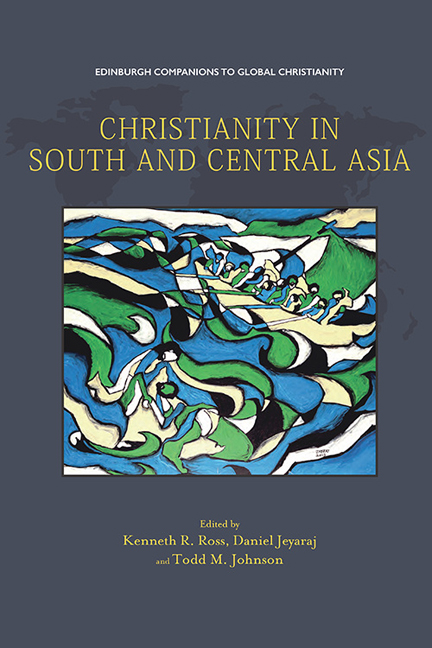Iran
Published online by Cambridge University Press: 30 April 2020
Summary
The situation of Christians in Iran since the Islamic Revolution of February 1979 is, essentially, paradoxical. On the one hand, the oppression and persecution of Christians are more severe now than they have been in several centuries. On the other, since the late 1990s in particular, the growth of new Christian groups, meeting privately in homes, has proved unprecedented. The phenomenon has been acknowledged at the highest level of government and action taken to suppress such gatherings.
Over the last 40 years or so a number of Christian leaders have been martyred, imprisoned or obliged to leave the country. At the beginning of 2018 more than 90 Christians were detained in prison and, with a few exceptions which have been kept under close supervision, all public Persian- speaking churches in Iran have been either closed or forbidden to use the Persian language in worship.
What is happening in twenty-first-century Iran must be set in the much wider context of a long history, of both Christianity and the relationship between Christians and the general population. Christianity has existed in Iran since the earliest days of the faith. Traditionally, the Magi (Matthew 2: 1) were from ‘Persian lands afar’, and on the day of Pentecost, Parthians, Medes and Elamites (inhabitants of Persia) were present among the disciples (Acts 2: 9). Later legends suggest St Thomas visited Persia on his way to India, while others claim Simon the Zealot brought Christianity to Iran. One way or another, by the end of the fifth century, there was an organised form of Christianity in the region, though Zoroastrianism (and later Islam) remained the official religion of Iran. A bishop from Iran was present at the Council of Nicaea in 325. Later, in 635, the Persian bishop known as Alopen arrived in China on a missionary expedition.
From the seventh century and the time of the Muslim invasion onward, the fate of Christians became more closely linked with the socio-political changes in Iran, resulting in periods of relative freedom separated by spells of hardship and persecution. From the earliest days of its territorial expansion, Islam granted dhimmis, or ‘tolerated unbelievers’, certain rights and protection. Their situation varied according to the relationship of Muslim rulers with the West at any given time. Nevertheless, they were always regarded as inferior and separate from Muslim nationals.
- Type
- Chapter
- Information
- Christianity in South and Central Asia , pp. 83 - 94Publisher: Edinburgh University PressPrint publication year: 2019



